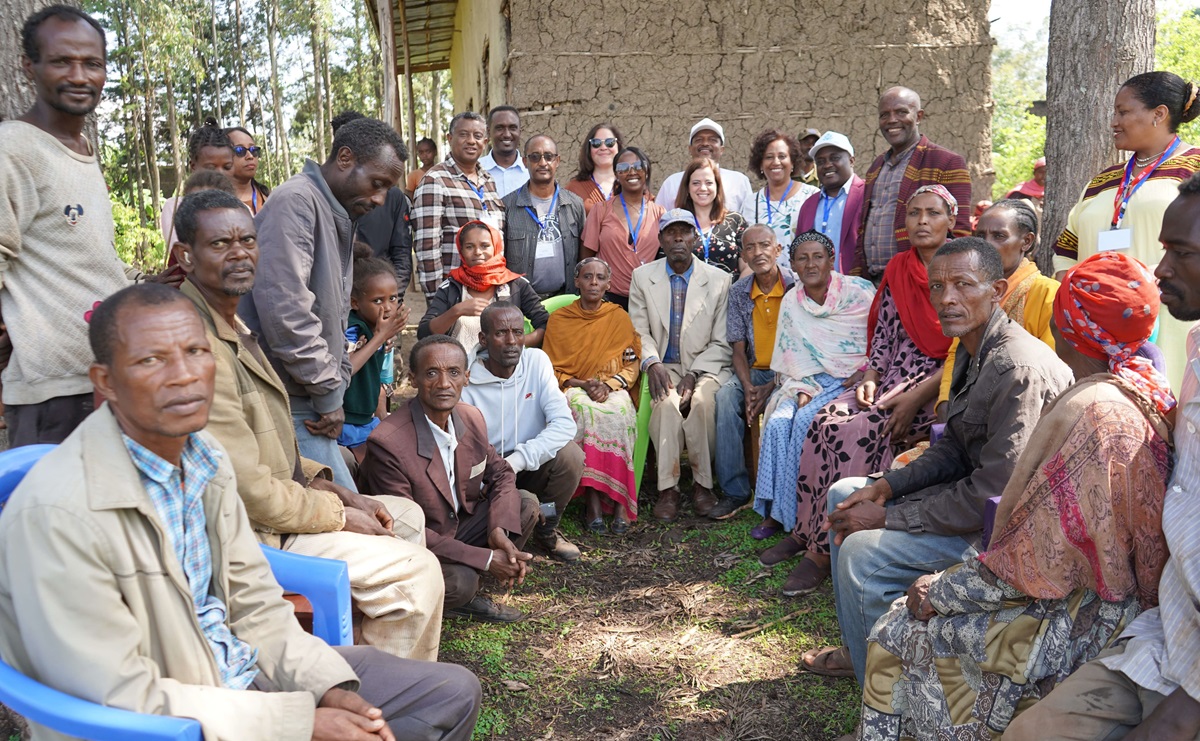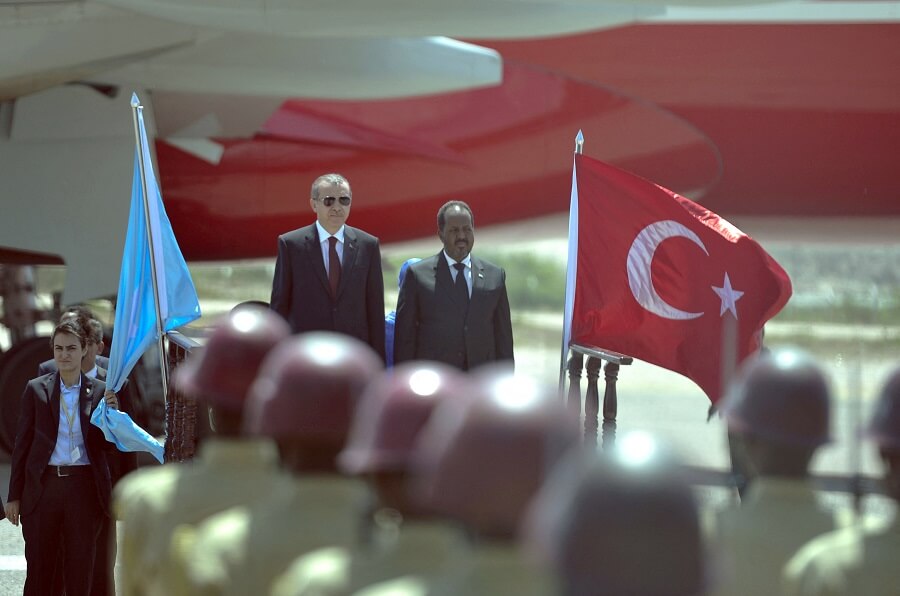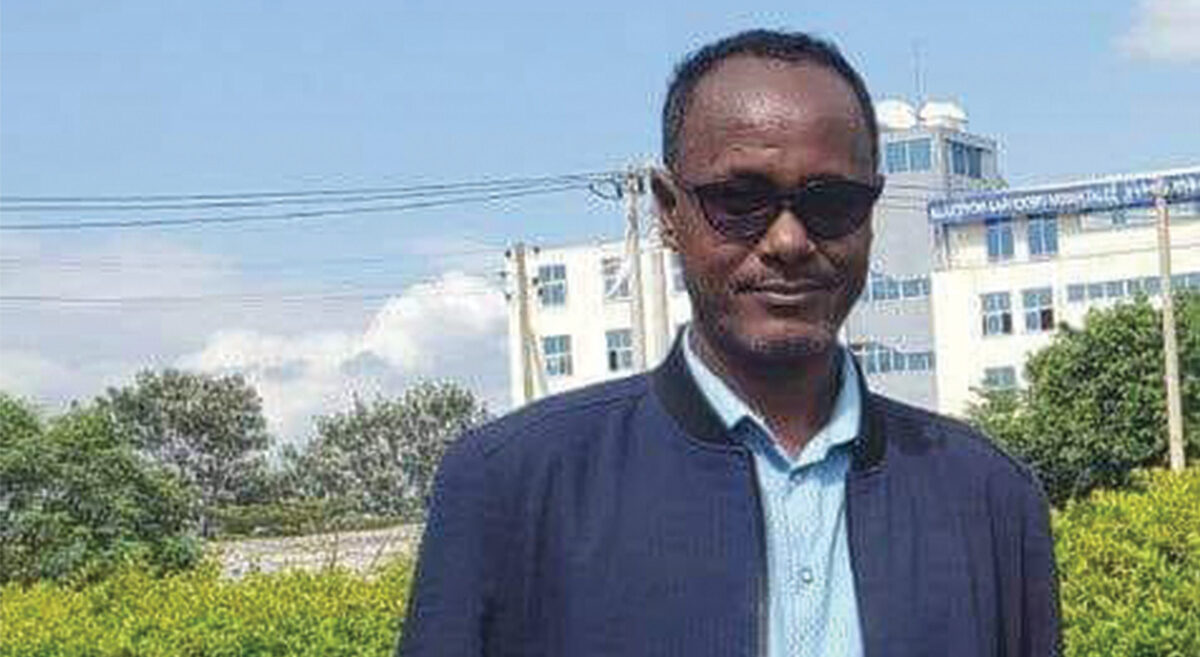Analysis: Health workers’ demotivation amid persistent unemployment strains Ethiopia’s healthcare system

By Molla Mitiku @MollaAyenew
Addis Abeba – Ethiopia’s healthcare system, despite witnessing remarkable progress over the past couple of decades, still grapples with immense challenges leaving gaping holes in access and quality of care. Particularly, in rural areas, healthcare facilities, having limited medicines and medical supplies, don’t guarantee relief.
Health workers, who are often caught up between patient needs and a dysfunctional system bear the brunt. Low morale of health professionals driven by poor infrastructure, staggering low salary, inadequate overtime pay, and lack of other incentives such as health insurance adds salt to the wound.
The complex challenges health professionals are faced with, according to Yonas Libu (MD), who served across multiple hospitals in the country for 16 years, and now undergoing speciality training at St Paul’s Millennium Medical College Hospital, starts with the state of the healthcare system itself.
Dr. Yonas paints a stark picture of healthcare professionals battling not just diseases but also a dysfunctional healthcare system, navigating a difficult work environment as hospitals mostly lack essential medical supplies and basic amenities like running water, electricity and functioning elevators.
In 2018, WHO’s Service Availability and Readiness Assessment (SARA) survey, which assessed availability of seven basic amenity tracer items, found the seven basic amenity items only in 1% of the 764 health facilities assessed. This is according to Ethiopia’s second Health Sector Transformation Plan (HSTP-II) document.
The frustration, coupled with meager salaries, drive many to escape to the private sector or non-patient-facing roles like research.”
Yonas Libu, MD
The document stipulated that the mean availability of the seven basic amenity tracer items for all facilities assessed stood at 39%, with referral hospitals scoring the highest and health posts the lowest. “Current administrative reports, however, show that water and electricity are available in 59% and 76% of health facilities, respectively,” the document stated.
According to the document which is prepared by the Ministry of Health, despite improvement on medicines availability, several challenges remain. “For instance, a recent essential tracer medicines availability survey indicates that nationally, only 21.8% of hospitals and health centers fulfilled more than 80% of the storage conditions.”
These constraints, according to Dr. Yonas, profoundly affect health workers’ motivation, leaving provision of quality health services at peril. “The frustration, coupled with meager salaries, drive many to escape to the private sector or non-patient-facing roles like research,” he said.
In addition to poor remunerations, Dr. Yonas highlighted the disregard for overtime pay in most public hospitals and health posts. Though legally entitled to full overtime compensation, healthcare professionals are “inexplicably receiving only a third of their due,” he conveyed.
The Ministry of Health admitted in the second Health Sector Transformation Plan (HSTP-II) document that “high staff turnover has been a persistent challenge for the health sector.” The ministry stated that one of the five priority issues identified as part of the transformation agenda for the HSTP-II spanning 2020/21 to 2024/25, is to build and sustain a competent, motivated, and compassionate health workforce. To that end, the ministry reported developing “a new incentive package for health workers that is allocated based on pre-identified exposure level of risk”, and pledged to improve human resource management to retain a motivated health workforce.
Despite the ministry’s pledge, a stark reality of doctors struggling to make ends meet persists. “Many, even at advanced stages in their careers, remain dependent on their parents, unable to lead a stable life,” Dr. Yonas elucidated.
Such complaints are often voiced through Hakim, a Facebook page dedicated to health education and advocacy. A recent post on the page which was attributed to Dr. Habtamu Ayalew satirically drew contrast between a price tag for a pair of shoes displayed as 12,500 birr and the salary of a fresh graduate doctor which is 9056 before tax.
“As a human being, a medical professional too wants to fulfill basic needs such as eating at least three times a day, changing clothes and shoes, getting married, raising and educating children, finding a house to live in, and having money for treatment when sick, etc. In the current situation, it is impossible to fulfill at least one of the above or any other basic human need,” wrote Dr. Habtamu.
Highlighting how this is not only affecting existing medical professionals, but also the morale and hope of children who aspire to become doctors in the future, he called on professionals to stand up for their rights and ensure their existence. “It is not only the indifference of the government but also the excessive patience and silence of our own medical professionals that has led us to all this,” he asserted.
The Ethiopian Medical Association (EMA), has been advocating for its members and the entire healthcare system, lobbying for improved working conditions, fairer salaries, and better access to resources. According to Tegbar Yigzaw (MD), president of the EMA, a fresh graduate doctor earns a monthly gross salary of 9000 birr, while a senior specialist doctor with subspecialty earns 20,000 birr before tax. The wages, barely enough to secure basic necessities, discourage many from joining the ranks or drive them to seek brighter prospects elsewhere, leaving the army of healthcare thin and weary, Dr. Tegbar underlined.
The Unemployment Paradox
Coupled with other factors such as the growing security risk, the gaps in availability of medicines and medical supplies as well as basic amenities, particularly in rural areas, have not only demotivated health workers but also resulted in concentration of professionals in major cities. This in turn has led to high unemployment among doctors in a country where the workforce density stands at 1.0 per 1,000 population, far below the UN Sustainable Development Goal (SDG) threshold of 4.5 per 1,000 people.
The ministry of health, despite what’s often referred to as the “flood and retain” policy of scaling up health professional’s training, admits the persistent shortage of medical doctors, midwives, anesthetists, pharmacists, and medical laboratory technologists. To the contrary, health professionals, freshly graduated doctors in particular, have been experiencing difficulties getting jobs over the past few years.
Unlike neighboring Kenya, where the private sector absorbs 40% of healthcare professionals, Ethiopia’s private sector offers scant opportunities.”
Dr. Tegbar Yigzaw, Public health specialist
Dr. Tegbar, a physician with over 22 years of experience paints a clear picture of a healthcare system caught in contradiction, high unemployment among doctors on one hand, and shortage of staff that left existing medical personnel under immense pressure on the other. Conflicts across the country have dealt a devastating blow, destroying health institutions, displacing professionals, and disrupting vital services further straining the short staffed healthcare system, Dr. Tegbar said, adding that epidemics like malaria and cholera, fueled by drought, exacerbate the situation.
He attributed the high unemployment among doctors to resource constraints and the relatively underdeveloped private sector. “Unlike neighboring Kenya, where the private sector absorbs 40% of healthcare professionals, Ethiopia’s private sector offers scant opportunities,” he asserted. While encouraging professionals to explore self-employment, either individually or through group initiatives for a more independent and potentially, financially rewarding career path, he insisted on the need for increased budget allocation and prioritization of the health sector by the government.
He emphasized that acknowledging and celebrating the tireless efforts of health workers, who keep the healthcare system running, is equally important as investing in infrastructure, and expanding the workforce. He called for public pressure and advocacy towards building a motivated health workforce and ensuring the safety and security of health professionals, particularly those who work in conflict zones. AS







